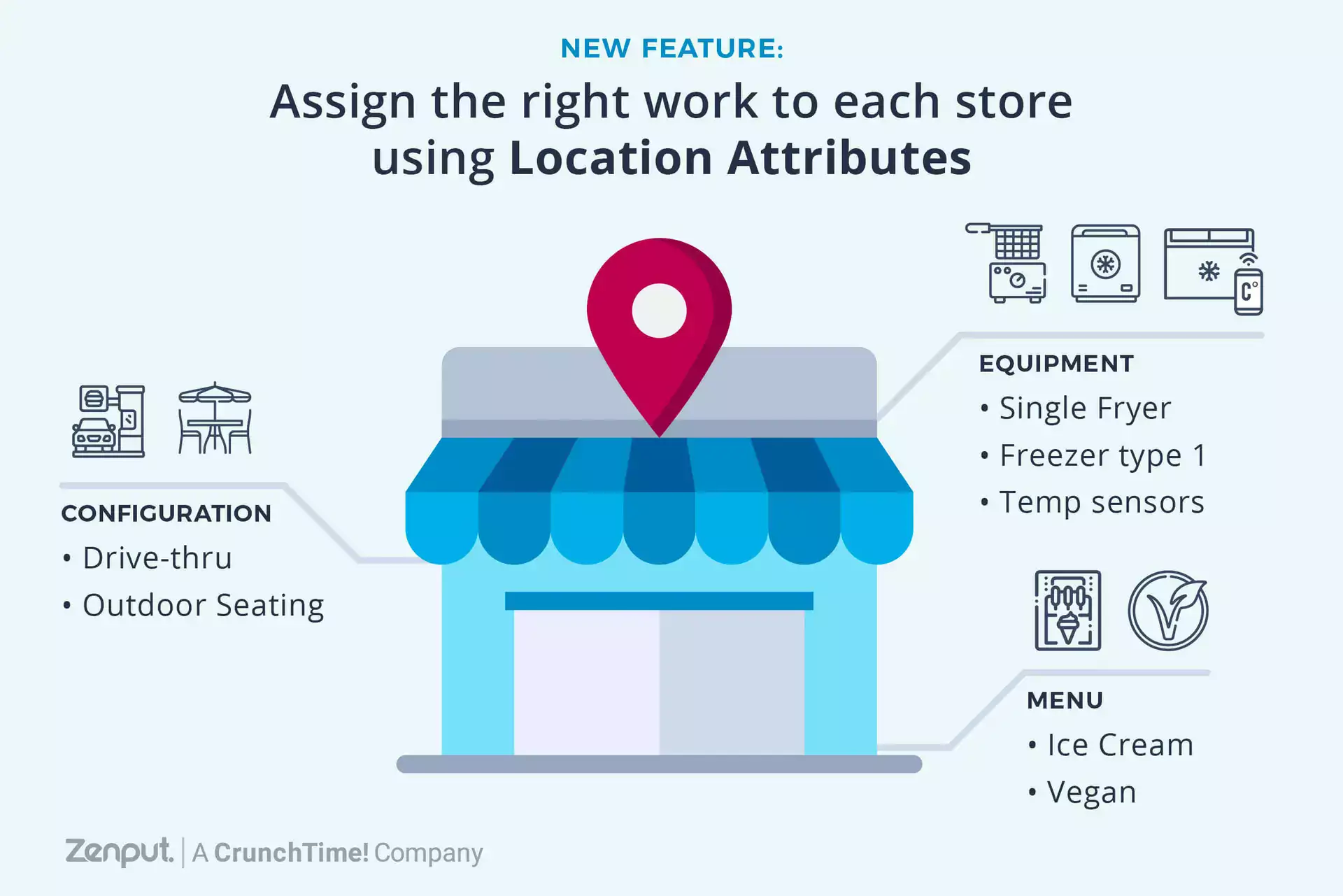There may be some people resigned to the fact their convenience store is bound to get robbed. That’s not a completely unfounded speculation when the FBI reported in 2010 that nearly 22,000 gas station and convenience store robberies, or roughly 1 in 10 c-stores, explains Terry Lambert of the CBC Learning Center.
It’s just the nature of a store that’s open 24 hours a day, seven days a week. While many c-stores do send the message of being totally accessible, the neon “Open” sign shouldn’t be thought of as a beacon for crooks. Convenience store managers definitely have the ability to help prevent robberies if they take appropriate security measures.
According to a study published in 2007, c-stores have certain characteristics that make them prone to robbery. They include:
Operating Hours
A store that’s open 24 hours a day tends to attract troublemakers at night and in the early morning hours.
Interior Store Layout
Visibility is key. Employees need to be able to see the store easily, and passersby, like the police, should be able to see into the store clearly. Brightly lit stores and registers that are visible to the street deter robbery.
Exterior
Poorly lit forecourts and parking lots invite trouble. Poor landscaping or fencing can also help a robber get away more quickly. Install video surveillance and alarms, as well as panic buttons and signage warning that your store is monitoring for theft.
What can be done to help prevent c-store robberies?
Cash-control procedures – Determine the security of your money handling system. Lambert advises retailers to determine how much cash they need on site to conduct their daily business. Be discrete and random about removing cash from registers.
Vendor Schedule
Are you on the list? If yes, welcome. If not, please leave the store. Retailers must keep track of movement in their stores. Lambert tells the story of an innocent clerk who was duped by a fake repairman. The robber claimed to be taking the microwave in for service and walked right out the door never to return. If the store had a vendor schedule clearly indicating who should be there or not, the theft wouldn’t have happened.
Vendor Log
This can increase vendor accountability by keeping track of who visits your stores, when and for how long.
Lambert also advises a c-store robbery report to be on site at all times. That way all the details will be documented in one place immediately following the incident.
This is all sound advice, but it begs the question: What happens to these reports? Are they just kept on file as a “nice to have” or do retailers gain actionable insights from them?
In terms of employee accountability, who is in charge of documenting incidents of theft? It’s a disservice to a network when retailers merely keep this information in a binder on a counter without having a system for sharing and educating other managers.
Better Employee Training
Let’s not forget that retailers must regularly train their employees on how to deal with a robber without getting themselves injured or worse. Comply with the robbers demand so that they get the money or goods they want, and leave. Once the robber leaves, the key procedures are lights on, doors locked, and a push of the panic button or call to the police.
Subscribe to our blog
You are now subscribed!


